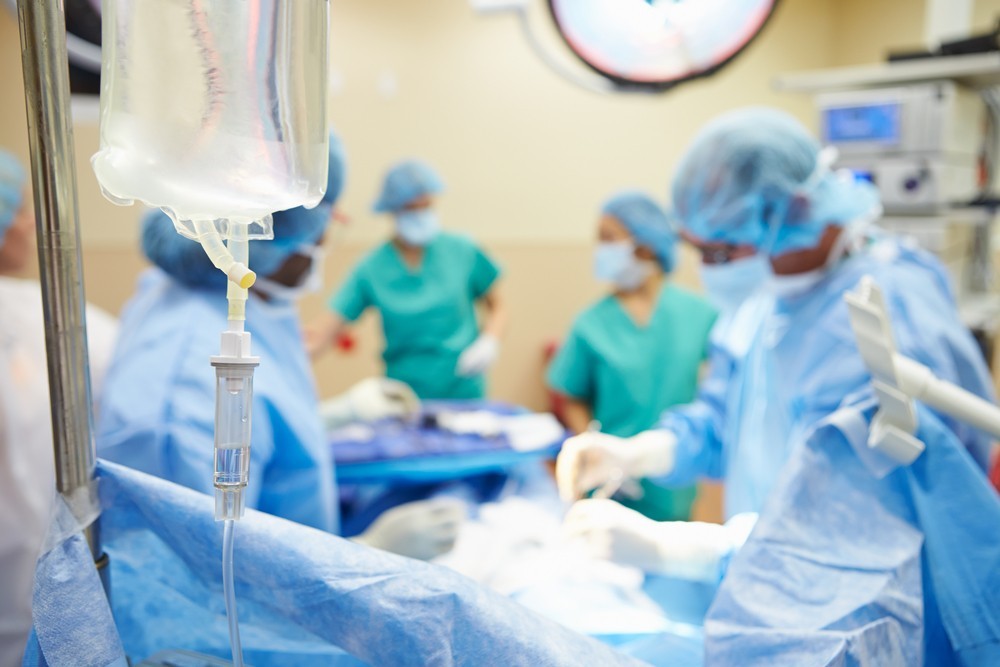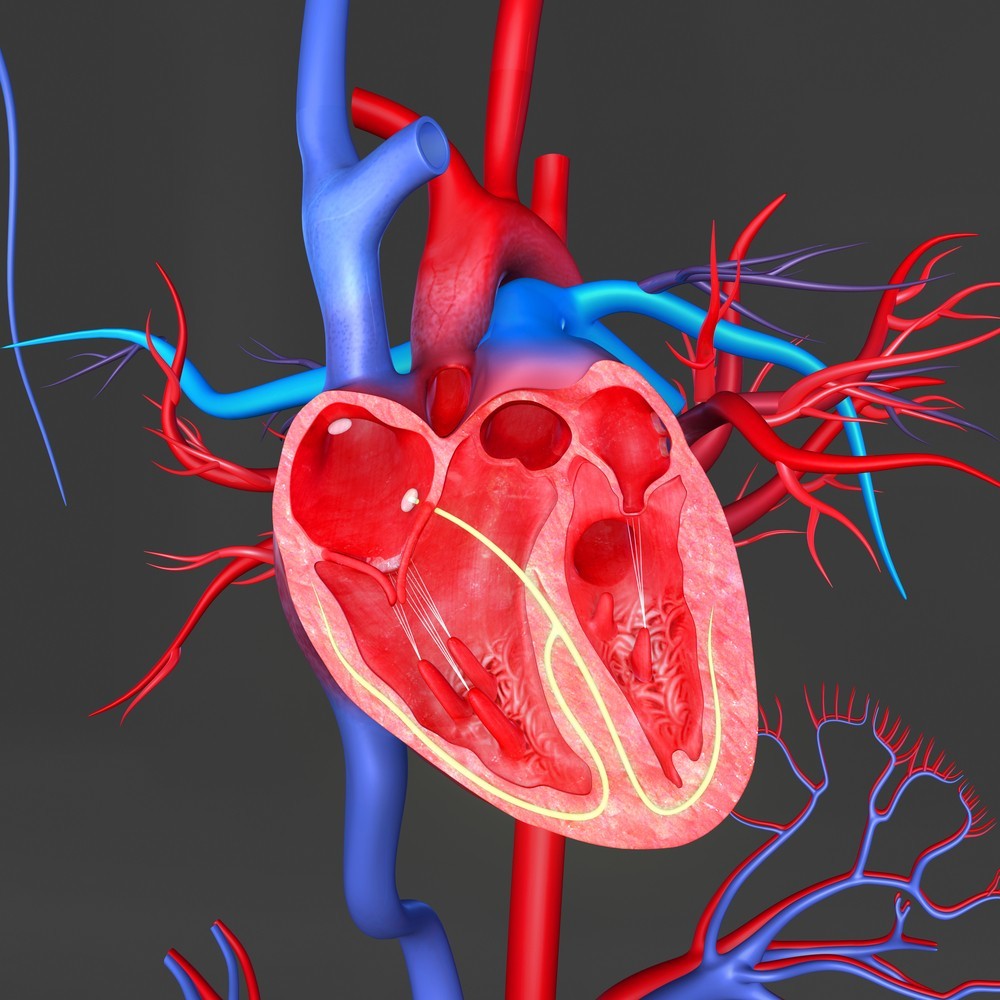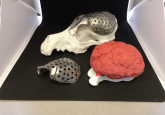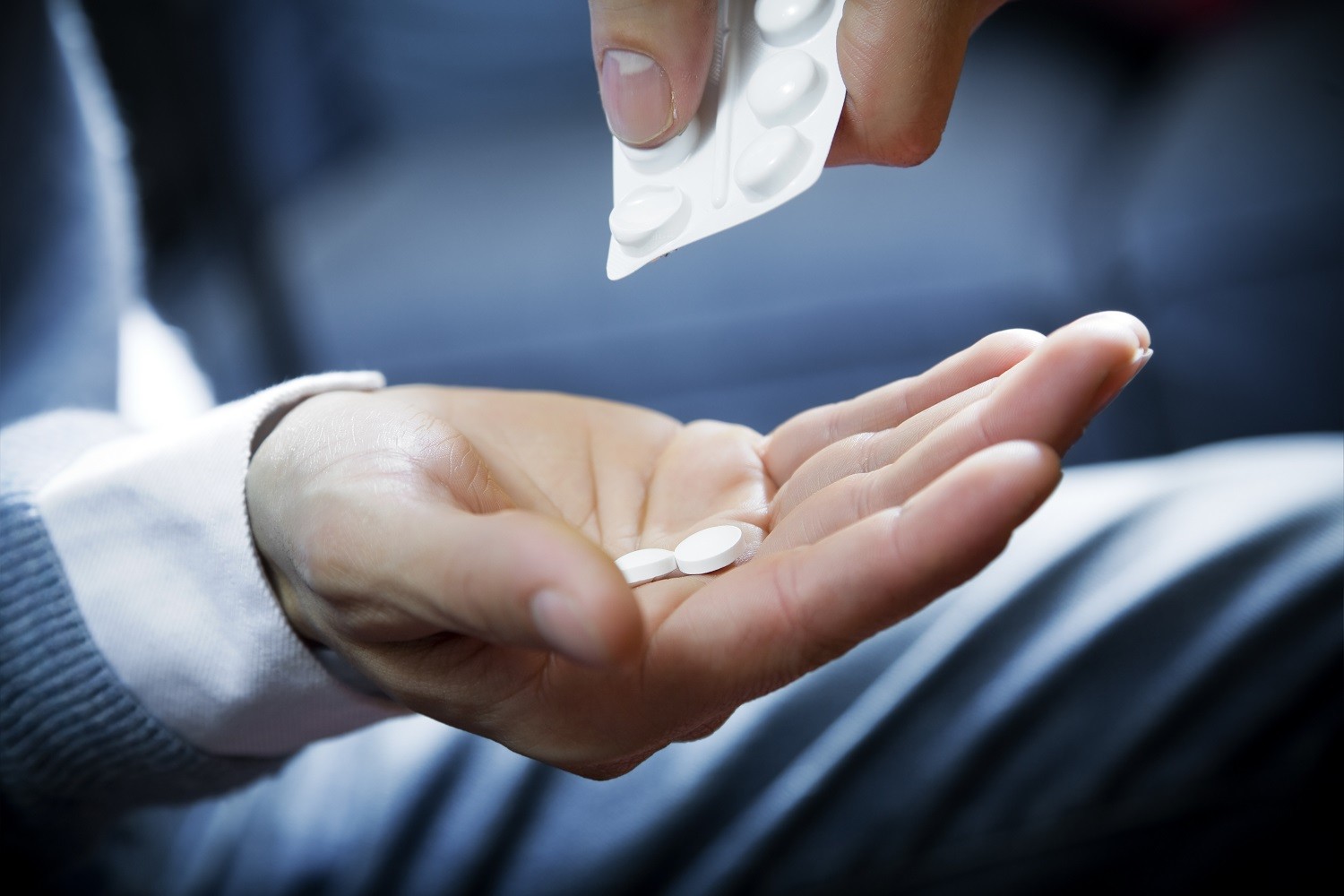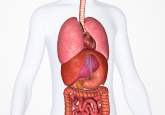Intravital 3D bioprinting: the future of minimally invasive organ repair
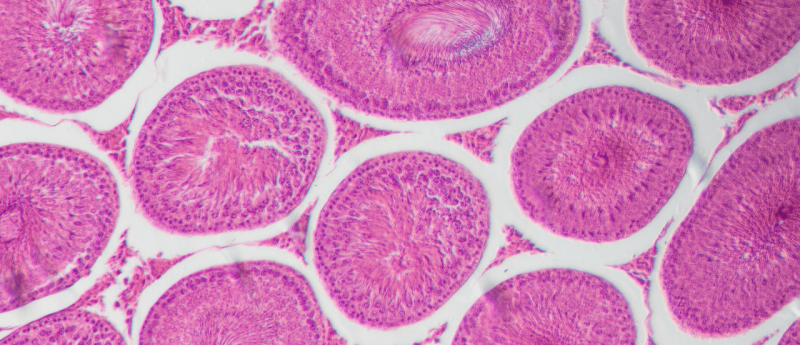
Researchers have developed an innovative new technique for 3D bioprinting that utilizes a light-sensitive biogel to print new tissue directly into existing tissues and organs. An international team of researchers based at the University of Padova (Italy) and University College London (UCL) Great Ormond Street (GOS) Institute of Child Health (UK) have developed a novel, innovative, intravital 3D bioprinting technique, that has allowed them to successfully print new muscle tissue directly into live mice. As described in Nature Biomedical Engineering, the technique involves the use of a light-sensitive biogel that uses light treatment to print healthy tissues directly into living...
